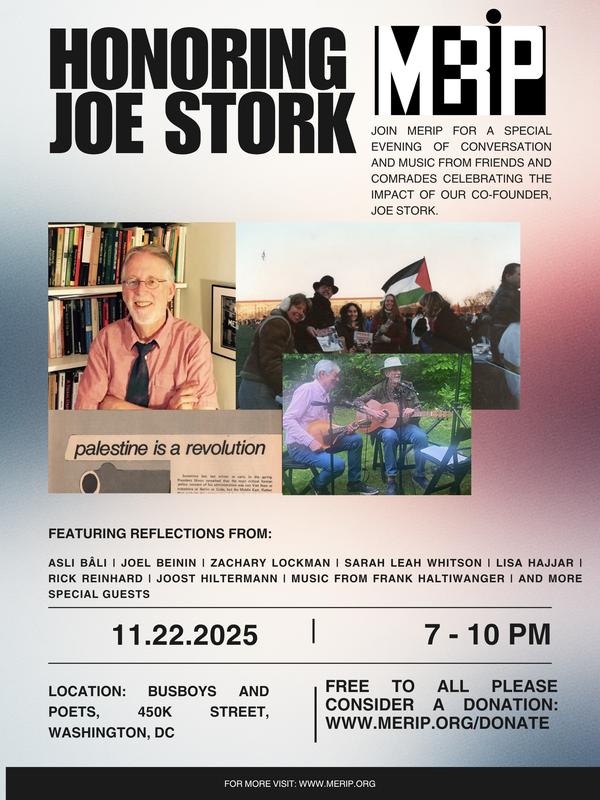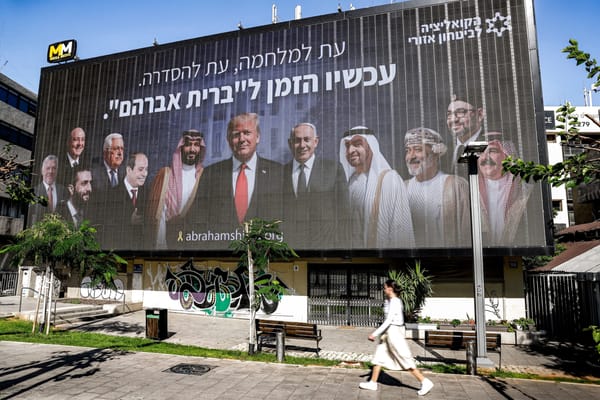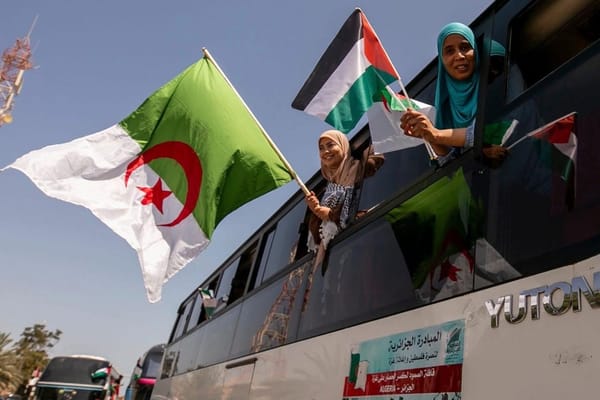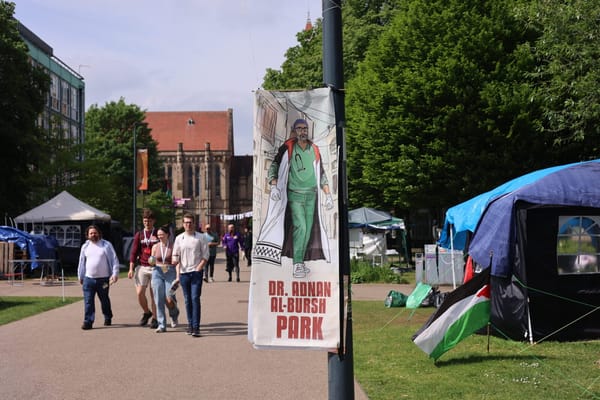Courts of Exclusion—Working-Class Masculinity and Anti-Afghan Racism in Iran
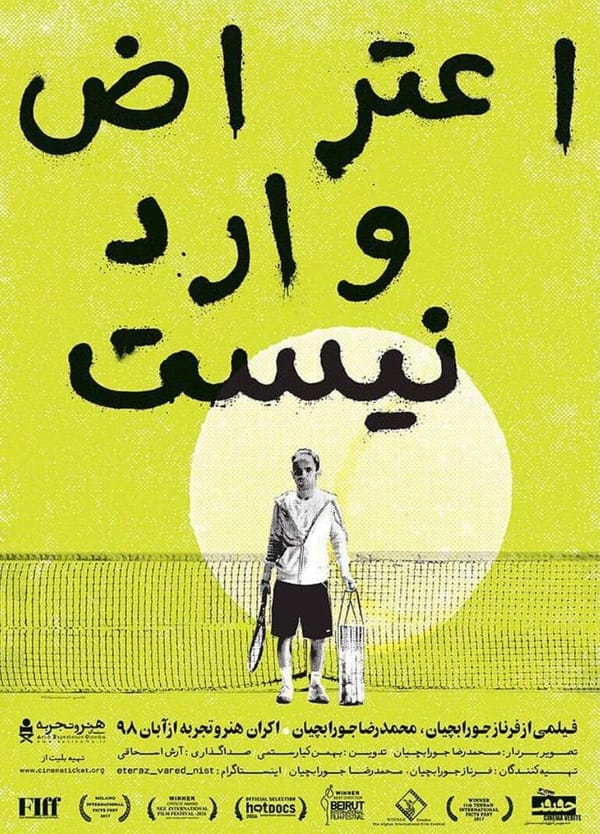



In 2016, Gol Agha, a ball boy and worker at a private tennis club in Tajrish—an affluent neighborhood in northern Tehran—went to an administrative office in Karaj to receive a headcount slip.
There, Gol Agha was told by employees at the registration desk that the headcount slip could open avenues for permanent residency and work permits. Like thousands of other Afghans (a word I use to reflect the global legal and political category, despite the contested designation of the term), he complied with official instructions and was formally registered by the state.
These opportunities, however, never materialized. Instead, in March 2025, authorities announced that all Afghans holding headcount slips must report to a registration center as its validity would expire on March 20. This move was the culmination of a broader crackdown on Afghans in Iran driven by demographic anxieties crafted and circulated via posts on social media and narratives in the Iranian press that emphasize the uncertainty surrounding the number of Afghans in the country.
The order came in the context of Iranian officials forging ties with institutions like the International Center for Migration Policy Development, headquartered in Vienna, not only to strengthen borders but also to standardize and manage labor migration across nation states. The movement of men between Iran and Afghanistan has been ongoing over recent decades. Border crossings without papers across mountain ranges and fields, hidden under tracks and in the back of vans, expose them to the violence of organized crime and states competing with each other for territorial control over the movement of humans and commodities. Now, this coordinated and international development in migration policy has resulted in the rationalization of coercive means targeting poor and often male Afghans.[1]
When Gol Agha appeared for his appointment, he was told to return on May 19, when he would receive his exit papers. He would then have to leave Iran within 13 days. In order to avoid being blacklisted—and lose the option to legally return to Iran on a visa—Gol Agha followed the authorities’ instructions. In late May, he was among hundreds of Afghans who were placed for days in the sweltering heat of a camp on the outskirts of Tehran, waiting for a car that would take them to Mashhad and then to the border with Afghanistan. In early June, he, his wife and their child were forced from the country, arriving in Kabul via Herat.
Gol Agha had first come to Iran as a teenager, a journey he shared in the 2016 documentary film, Overruled (original title in Persian: Eteraz Vared Nist). The 53-minute film by siblings Farnaz and Mohammad Reza Jurabchian follows the lives and aspirations of men from Afghanistan working on the tennis courts in northern Tehran. Many of them, like Gol Agha, came to Iran as children and teenagers and speak Tehrani Persian.
The film is important in offering a lens on working-class male masculinity (the masculinity of bodies assigned the gender male at birth) of laborers from Afghanistan to Iran, as well as for documenting their experiences of anti-Afghan racism. In popular accounts of Afghans in Iran, including in media and cinema, men are often depicted, one-dimensionally, as workers on construction sites or servants. While the film focuses on the men’s labor and the daily discrimination they face, it also shows their passion for and expertise in tennis. In doing so, it unsettles the figure of the “kargar Afghani” (the Afghan worker)—a trope that naturalizes the status of Afghans as workers whose physical labor exists to serve states and other employers. It deciphers what obstructs Gol Agha and his peers from opportunities to advance in athletics or other arenas of work.
Ten years later, the documentary continues to resonate, as Afghans like Gol Agha have no path to naturalization except for marriages between male citizens and women with Afghan passports. There are also cases of preferential treatment by the state for service and martyrdom in militias like the Tip-e Fatemiyyun.[2] While the film does not engage directly with national and global migration politics related to Afghans, it does capture the dynamics produced in the everyday lives of Afghans as a result of these systems. In so doing, it provides a necessary close-up on power relations and the dreams and aspirations of working Afghan men caught in legal situations that are politically fueled by popular and systematic racism.
Ismael Khodaei, another of the film's protagonists, began working as a ball boy as a child after migrating from Afghanistan in the early 2000s.
Speaking to his talents on the court, the former captain of the Iran Davis Cup Team (who is not named in the film) tells viewers that Ismael is the most promising player from Afghanistan in Iran. In the film, Ismael recalls how, at age 11, his uncle brought him to the Enghelab tennis complex, a publicly funded sports arena, in an effort to spare him from the physically demanding labor of construction work. Several years after his arrival in Iran, during Mahmoud Ahmadinejad’s presidency, Ismael had to leave the Enghelab complex for a job in construction after the club ceased allowing Afghans to work there. His brother eventually sent him back to tennis, and Ismael found work in a private tennis club.
In earlier decades, Iranian tennis players had also often started out as ball boys, learning the sport as early as age six, by spending their days and nights on the court. In an interview sequence, the former captain explains that all members of the Iranian national team used to be from the working class and worked at some point as ball boys, until the Islamic Revolution, after which the new head of the Iranian tennis federation prohibited Iranian children from serving as ball boys. Afghan boys, like Ismael, stepped in.
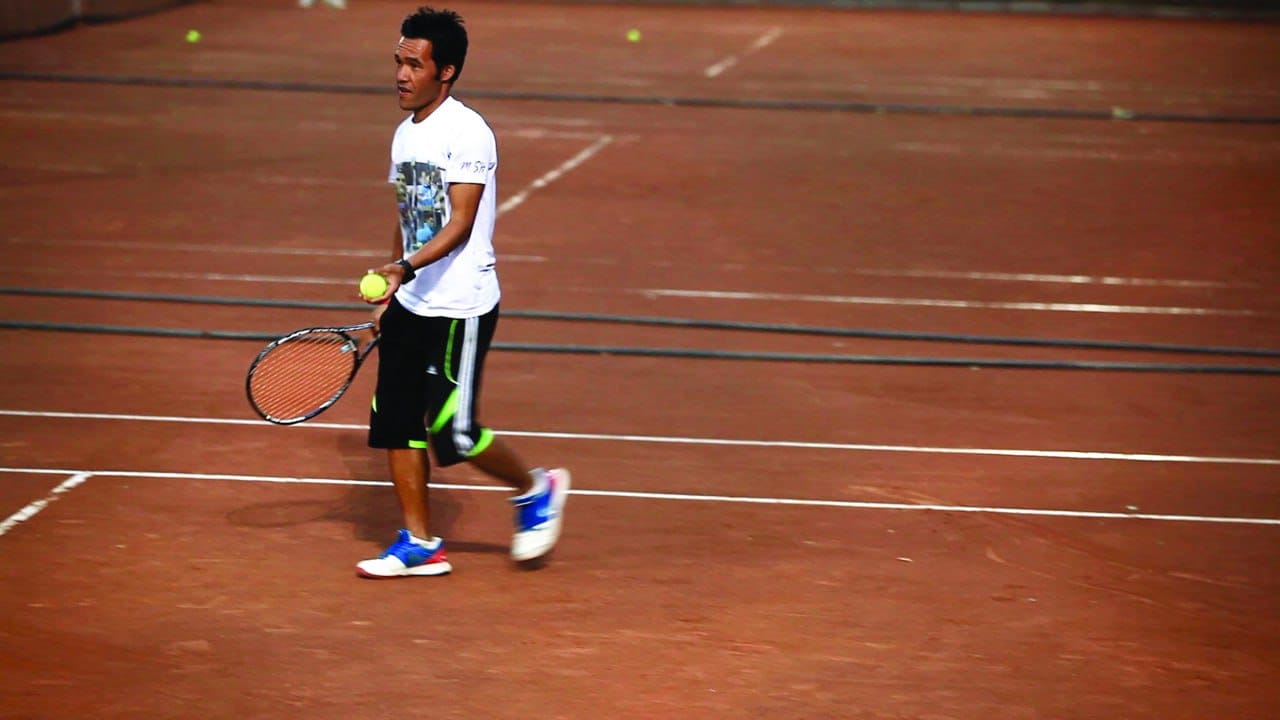
In their late teens and twenties at the time of filming, the men run the daily routines and maintenance work on the tennis courts. Though they are given the titles of “ball boys,” their work is much more expansive—ranging from domestic tasks, such as cooking and cleaning, to maintaining and running the daily work routines on the tennis courts. In one scene, the camera follows Gol Agha as he prepares the court in the morning: He turns on the electricity, walks with a drag mat (a broom made of metal chains) across the clay to smooth its surface, brushes the white chalk lines and waters the court to settle the dust before practice. In winter, he clears snow from the court’s covering. The boundaries between work and domestic place are blurred. Some of the men live in close proximity to the courts so they can respond to work demands as quickly as possible but also because it saves expenses.
Like Iranian ball boys, children from Afghanistan grew up on the tennis court, where they learned to play. In contrast to Iranians, however, there is a limit to how far they can ascend no matter their skill in the sport. In one illustrative scene the camera follows Gol Agha and Ismael to a match where they greet other players and are warmly welcomed. Realizing their names are not on the schedule, they ask an organizer why. He explains that the organizers tried their best, but the federation representative told them, "Afghans are not allowed to play." Gol Agha doesn’t say a word, but all the excitement of preparing for the game dissolves into thin air. When Ismael mentions that he recently played at the Azadi Complex, the organizer responds that the stance on whether Afghans can be present in tournaments is "a matter of personal taste.”
The spatial segregation between Afghan and Iranian men is a throughline of the film. In one segment, the filmmakers follow Mohammad, an Afghan who works as a ball boy and in the cafeteria at a larger court. He is shown cleaning the outside seating area and collecting balls during practice. When there is no practice, we see Gol Agha washing large carpets and polishing a car in the yard. Ismael, on the other hand, due to his tennis skills, holds a degree of authority within the club: He collects fees from club members and delegates tasks to younger ball boys when more support is needed on the court. But he still performs maintenance work, like stringing tennis rackets or fixing the lights.
Although many were born and raised in Iran, Afghans cannot become naturalized citizens, making higher education and the obtaining of specialized certificates, such as that of a tennis coach, inaccessible for most, regardless of gender.
Indeed, despite his skill at the game, Ismael can only serve as an unofficial trainer. In one scene, he explains to the filmmakers that when training Iranians, he is referred to as a “partner” due to official labor restrictions for Afghans in Iran. As an Afghan he cannot be certified as a tennis coach, as he would need specific identification papers for that. Just to work in privately run tennis clubs required an Iranian guarantor (as does purchasing a SIM card, renting an apartment or running a small business.) Although many were born and raised in Iran, Afghans cannot become naturalized citizens, making higher education and the obtaining of specialized certificates, such as that of a tennis coach, inaccessible for most, regardless of gender. While some public schools, for example, allow Afghan children to study, many do not, requiring them to run their own schools. At the level of university, they are treated as international students and charged higher fees. Although the Islamic Revolution formally reorganized access to resources in an effort to cater to the poor, Afghans marked the limit where national belonging superseded shared markers such as Muslimness or Persian language.
In the film, a few Iranian interviewees acknowledge the injustice of a condition that normalizes the social stratification between Afghans and Iranians: Iranian men—ranging from working-class trainers to managers, CEOs and tennis complex owners—shape the conditions under which Afghans can find employment both on and off the tennis court to varying degrees. One tennis complex manager remarks that a player like Ismael would certainly advance if he had the necessary papers. Others like the captain of the Iran Davis Cup team dismisses the idea that the “kargar-e Afghani” (Afghan worker) could compete at the national level. “We can help them to a certain degree,” he states, “but from the outset, the whole thing is illegal. You can’t help them much.”
In one segment of the documentary, the protagonists share with the filmmakers what being an “Afghani” in Iran means to them. Mariam, Kashmir’s wife, tells the story of a gathering where she passes as Iranian. Iranians, she says, associate Afghans with filthiness. Such racist tropes have, in her words “made a monster out of Afghans”—even among “the good [Iranians].”
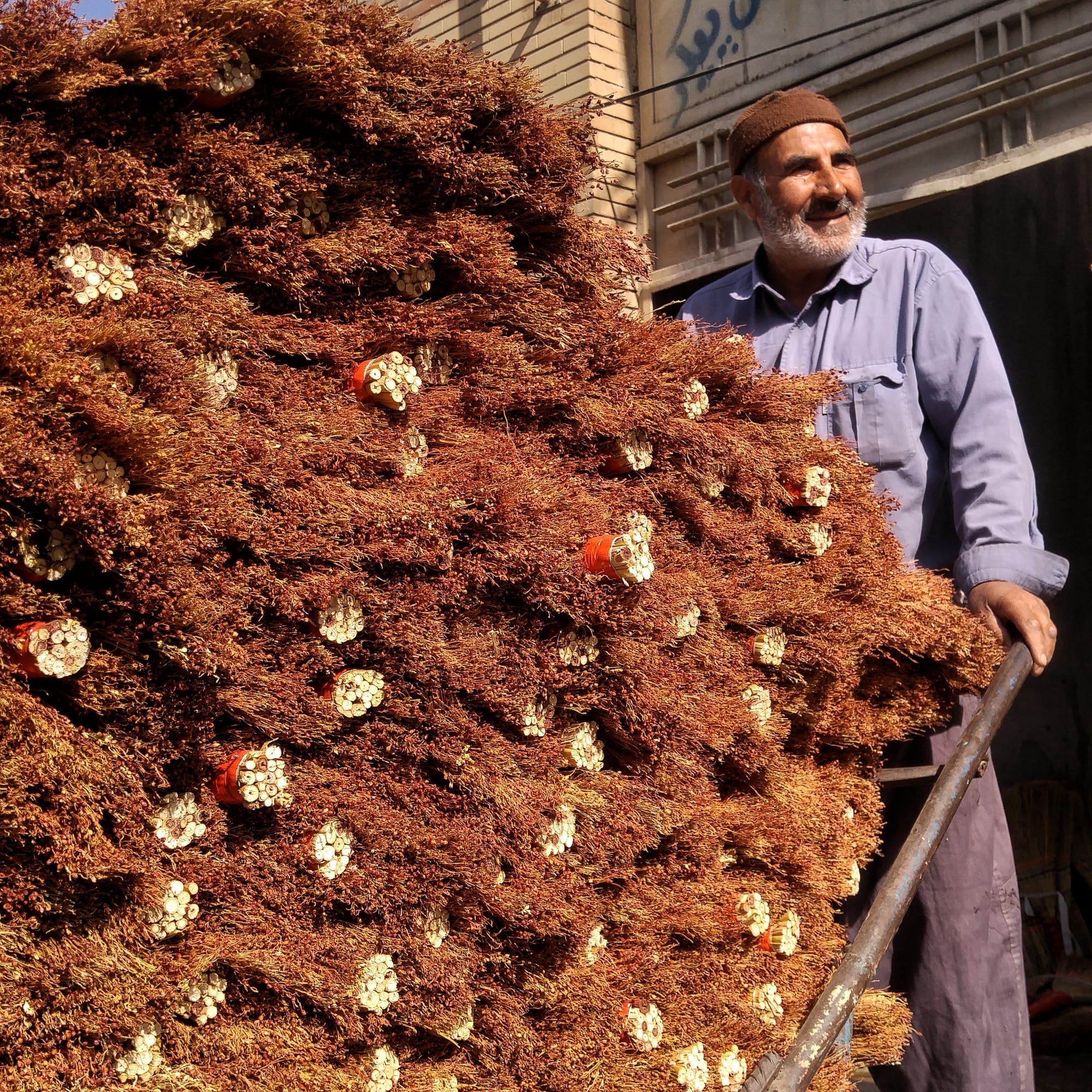
In 2016, while doing research in Golshahr—a neighborhood in Mashhad with many residents from Afghanistan—I interviewed photographer Reza Heidari Shahbidak, who had started a social media channel, Everyday Golshahr. Heidari and his family identified as Hazaras, but within his family he was the only one who, he explained, “does not look like a Hazara.” His looks allowed him to pass as Iranian in public life and avoid harassment and discrimination, unless identification was required.
In the documentary, Mohammad, Ismael and Mojtaba, who are ethnically Hazara, describe being identified as “Afghani” for their facial features in Iran and experiencing everyday racism as a result. For instance, Ismael shares with the filmmakers that on Facebook and in daily life, Iranians compare him to Jackie Chan and Bruce Lee.
In another scene, Mojtaba grows visibly emotional when recalling being called names in Kerman, a city and province in southern Iran: “They say, ‘is he Afghani, a Korean, Chinese.’ They say mockingly ‘what is your relation to Jumong?’” The reference to Jumong, a character in a Korean TV series that is popular in Iran—much like Bruce Lee and Jackie Chan—relies on and recirculates racist tropes within Asia.
But the film also reveals an imagined line of racial proximity that links Hazaras with people and places in East Asia. At one point, Mojtaba articulates a sense of connection to the region. He explains that his favorite tennis player—after Roger Federer—is the Japanese tennis player, Kei Nishikori, because he feels their “nejad” (race) is shared. For Mojtaba, Nishikori serves as an aspirational figure, an East Asian role model in a sport where Afghans are typically excluded from visibility.
Practices of reading faces manifest differently across Afghanistan’s diaspora populations in Asia. In Iran and the Pakistani province of Quetta, with its large refugee population from Afghanistan, Hazaras are perceived as refugees from Afghanistan. In contrast, in Lahore, where Afghans are predominantly associated with Pashtuns, Hazaras I interviewed described people assuming they are either Chinese or from Gilgit-Baltistan.
Narratives of proximity to people in East Asia among younger generations of Hazara is also visible among social media influencers like Surry—an Instagrammer whose family is from Afghanistan and who was born and raised in Iran. In a series of social media posts in 2023, she appears with Japanese script written across her face. In one image, she poses with a sword drawn halfway from its sheath: The accompanying caption cites dramatic words attributed to Prince Ōtsu before his death by seppuku.
In the film, all of the men, regardless of their ethnic group, navigate forms of everyday racism in Iran. Vahid describes how the term “Afghani” is used as an insult—a reality, in his words, to be “endured.”.
In the film, all of the men, regardless of their ethnic group, navigate forms of everyday racism in Iran. Vahid describes how the term “Afghani” is used as an insult—a reality, in his words, to be “endured.” Kashmir, his peer, adds, “No matter how good we are, we still seem as aliens, as Afghani. I do not understand what their issue with being Afghani is.”
Notably, the term Afghani is grammatically correct and widely used in Iran, Arabic-speaking contexts and beyond. (In Afghanistan, it is the name of the national currency.) Afghan, meanwhile, is a modern political and legal category that encompasses people across ethnic groups who, prior to the emergence and consolidation of border regimes in the early twentieth century were not categorized in this way. In the late nineteenth and early twentieth centuries, colonial and Qajar registers associated the category of Afghan explicitly with Pashtuns. In that era, Afghans—read Pashtuns—were considered an ethnic group alongside Baluchis, Arabs, Afshars, Kurds and Nowshirvanis in the southeastern provinces.[3] Importantly, however, social belonging in this era was not soley generated along ethnic lines but also through religious and spiritual affiliations, as well as military service. A notable example is the Qizilbash from present-day Afghanistan, who hold a distinct place compared to Pashtuns in today’s Iran due to records of their service as Shi’as during the Safavid Empire.
Today, the term Afghanistani is becoming more frequent in Iran—not only among Afghans but also Iranian journalists, authors and scholars. With more recent migration cycles, it is increasingly adopted globally to include all ethnic groups that are citizens of present-day Afghanistan.
In recent months, public debate in Iran has intensified around the hashtag “Ekhraj-e Afghani motalabeh melli ast” (“The deportation of Afghanis is a national demand”). Questions about where the hashtag originated, who initiated it and how it gained viral traction remain subject to countless discussions in public debates, articles and video clips, drawing attention to an issue that has persisted but remained largely unaddressed: racism in Iran and its diasporas.
Iranians in Iran often rationalize racism by associating it with the conditions they face, including a carceral state that polices social and political life and the political-economic ramifications of sanctions on their everyday existence. In this context, the figure of the “Afghani” is persistently framed as a threat to the Iranian population.
Journalists such as Marziar Khosravi—who publicly supports reformist politician Mir-Hossein Mousavi and opposes the criminalization of journalists—have, much like Germany’s AfD and right-wing leaders elsewhere—instrumentalized examples from the everyday life of Iranian workers and small business owners to target migrants. In a recent roundtable hosted by Ensaf News, for example, Khosravi was asked about his views on the hashtag’s direct targeting of migrants rather than policymakers. He responded: “Do not reduce the situation to online places. If you go to Yazd, shops have been taken over by foreign non-citizens. In the southern parts of the city, people do not even know what Twitter is. The situation is becoming critical and the policies need to change.”[4]
Central to these reactionary narratives are anxieties over demographics and the alleged threat posed by the presence of Afghans in Iran to the integrity of small-scale businesses, schools, public spaces and other essential infrastructures.
Central to these reactionary narratives are anxieties over demographics and the alleged threat posed by the presence of Afghans in Iran to the integrity of small-scale businesses, schools, public spaces and other essential infrastructures. Popular accounts—both online in response to the hashtag and as it plays out in daily life—blame Afghans for everything from rising egg prices and overflowing trash in cities to water shortages and human trafficking. I asked one Persian man in his early 30s living in a town in central Iran what people in Iran say about Afghans. He emphasized the illegality of Afghan laborers and their perceived strain on Iran’s infrastructure: “In Tehran, among every 10 people I see, two or three are Afghan. This huge number of Afghans in Iran is a big economic burden for the country. This illegal labor force is using the resources of a country that is suffering from many shortages.”
For public figures like Khosravi, any charge that their language is Afghanophobic (Afghan setizi) is itself considered hostile: He perceives expressions surrounding the “flood of Afghan migration to Iran” as accurate. [5] Any criticism, in his view, thus contributes to the normalization of migration without formal papers, threatening Iran’s integrity. In parallel to reactionary, anti-migrant rhetoric across the world, the securitization of borders and the claim to protect Iranian resources for Iranians are rationalized as urgent concerns, effectively detached from the question of racism.
Overruled is careful in introducing audiences to anti-Afghan racism in Iran without naming it as such and without demonizing or romanticizing any of the involved. The film reveals how Afghans, particularly the working class—many of whom consider Tehran home—are excluded from full participation in society even as their physical labor has, quite literally, contributed to building urban landscapes and catering to Iranian households.
When it first premiered at the Hot Docs Festival in Canada in 2016, the film garnered global support and attention. In Iran, its first screening took place at the Iran International Documentary Film Festival, also known as Cinema Verité, where demand was so high that many invited guests could not enter the packed theatre. The filmmakers received numerous screening invitations, including from the Museum of Contemporary Art—where, as Farnaz remembers, “people were sitting on the floor or standing”—and Khaneh Cinema (House of Cinema).
In 2019, before the Covid-19 pandemic led to the closure of cinemas, Hunar va Tajrobeh Cinema (Art and Experience Cinema), a program overseen by the Ministry of Culture and Islamic Guidance, invited the Jurabchians to screen the film. Farnaz Jurabchian recalled in a recent conversation that when Overruled appeared, it prompted offers from policymakers to meet with the directors to discuss political and legal responses to the systemic discrimination of Afghans in Iran. These meetings, however, never materialized.
Today, Afghans face a carceral present marked by detention, coercive returns and deportations from Germany, Pakistan and Iran, with the United States poised to follow...
Today, Afghans face a carceral present marked by detention, coercive returns and deportations from Germany, Pakistan and Iran, with the United States poised to follow as the Trump administration recently announced it will not renew the Temporary Protected Status of Afghan migrants. Amid these developments, Overruled opens a space to grapple with the tensions surrounding Afghan labor across global sites.
For Gol Agha, however, these conversations will not make an immediate difference. Like tens of thousands of Afghans, under the current order he will only be eligible to apply for tourist visas to Iran in Kabul. At the moment, no visa currently allows Afghan workers to formally migrate to Iran for employment. Strengthening ties between Afghanistan, Iran and EU member states such as Germany and Austria may eventually lead to formal labor migration agreements. But for now, Gol Agha and his family have been forced to leave a place they have long called home. In Kabul, he must once again focus on selling his physical labor, while his dream of working as a professional tennis trainer remains on hold.
Author's note: This piece was finalized before the unprovoked Israeli aggression on Iran that began on June 13, 2025. Amid the escalating violence, Islam Qala-Dogharoon, a key border crossing between Afghanistan and Iran, has been closed and dozens of Afghans are reportedly stranded near the border. For hundreds of others, their future remains even more uncertain than it did before.
Read the previous article.
Read the next article.
This article appears in MER issue 314 “New Gender Frontlines.”
[Paniz Musawi Natanzi is a postdoctoral fellow at the University of Pennsylvania's Wolf Center for the Humanities.]
[1] Paniz Musawi Natanzi, “German Perversions of Mental Health Care Male Afghan Refugees, Deportation, and Carceral Systems during NATO’s War in Afghanistan,” in Laura Kromják and Ajlina Karamehić-Muratović eds. Intergenerational Trauma in Refugee Communities (Routledge, 2024), pp. 184–198.
[2] Kevin L. Schwartz, “‘Citizen Martyrs’: The Afghan Fatemiyoun Brigade in Iran,” Afghanistan 5/1 (2022), pp. 93–121.
[3] Ervand Abrahamian, Iran Between Two Revolutions (Princeton University Press, 1982), p. 15.
[4] Ensafnews, “Mizgerd daq Iran va muhajeran Afghan [Hot Roundtable Iran and Afghan Migrants]” (Part 1), May 2025.
[5] Ensafnews, “Mizgerd daq Iran va muhajeran Afghan [Hot Roundtable Iran and Afghan Migrants]” (Part 2), May 2025.





